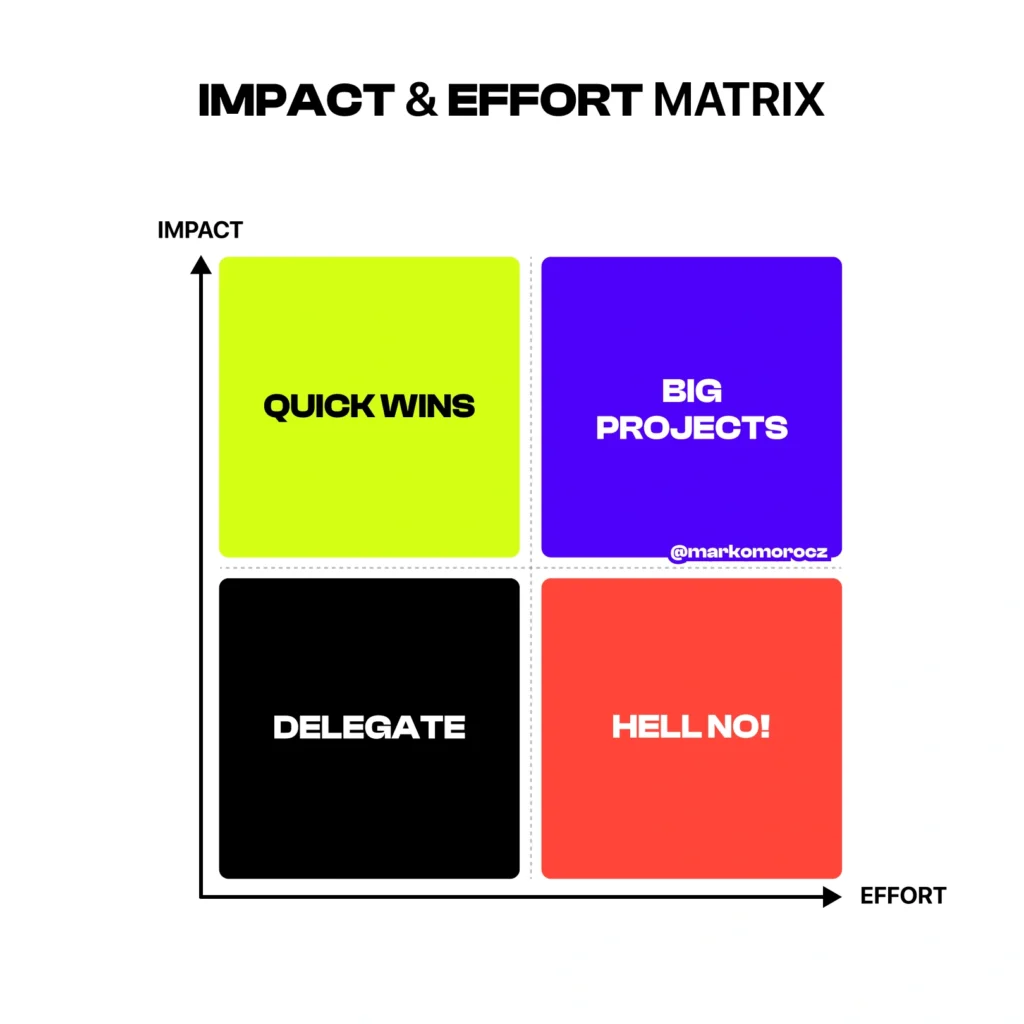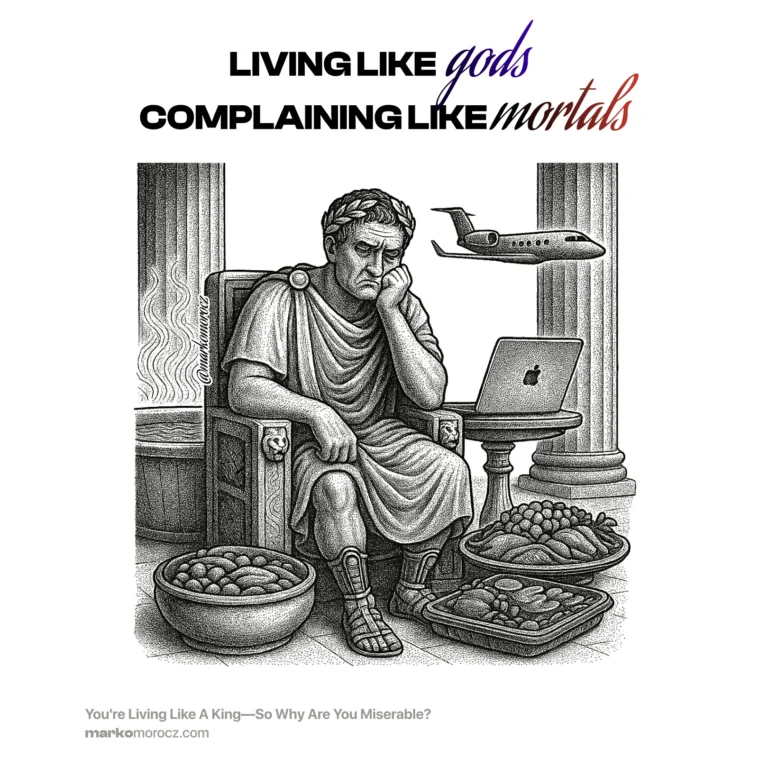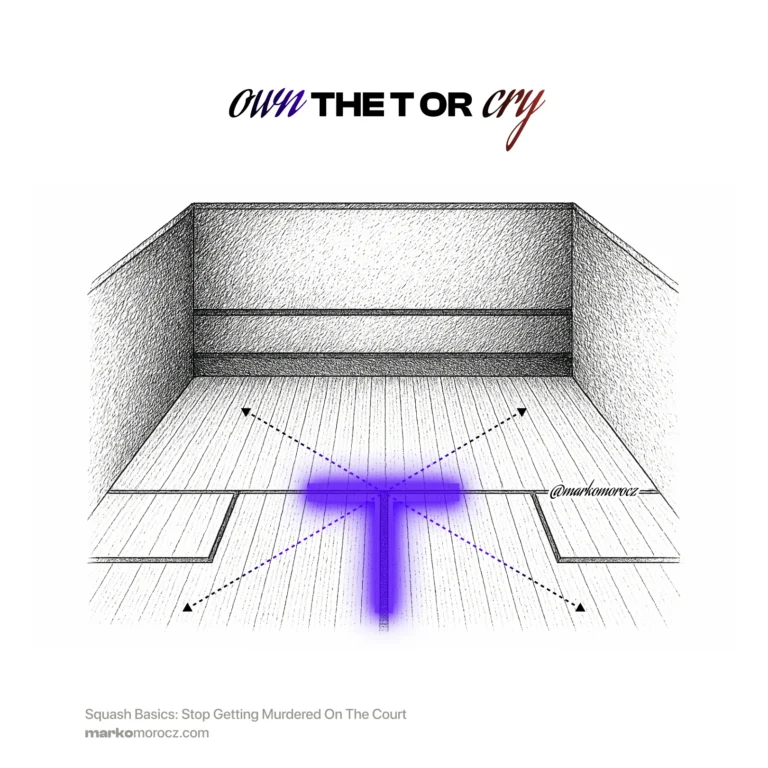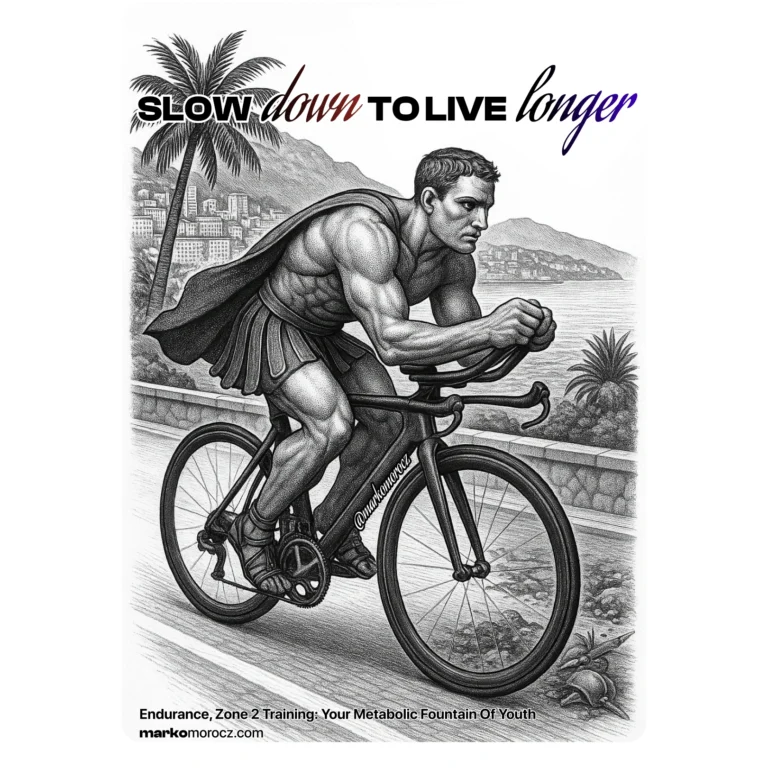Stop Chasing Perfection—Start Shipping Imperfctly Cool Results
Perfection has slaughtered more dreams, businesses, and passions than failure ever could.
It thrives on your hesitation. It loves your 57-step prework routine. It cheers when you work—but not on what matters.
But its favorite trick?
Convincing you that you’re making progress while keeping you stuck.
It watches with teary-eyed joy as you tweak your CTA emoji color for the 11th time.
Hell, it loves it!
I was there. Perfection adored me.
I spent hours picking the right table colors for a client’s presentation—only to shove it into the appendix.
I spent days perfecting my Notion longevity database—until a new feature dropped, and I restructured everything. Again.
One day, I looked back and realized something brutal:
I had worked my ass off for a year, and ended up in the same place.
Even when I was working on the right things, I was drowning in perfection.
The cost?
Lost money. Worse—lost time. Unlike money, I’ll never earn that back.
I had to change.
Not in a way that made my work sloppy—but in a way that let me execute at a high level without getting stuck.
I went deep. Read books, tried frameworks (GTD, Eisenhower Matrix, Impact & Effort Matrix, OKRs), and apps (Notion, ClickUp, Heights, Todoist, Monday).
It was a grimy process, but I finally kicked perfection’s ass.
Here’s how:
1. Perfection is a myth.
What’s “perfect” for me isn’t for someone else. Maybe they can do better. Maybe they don’t care. Maybe they just prefer their version.
Growth proves this—what I thought was “good” a year ago wouldn’t meet my standards today. If it did, I’d be stagnating.
2. Output > Stagnation
Keep perfecting, and you’ll never ship. What matters is getting things out that matter.
The 80/20 rule is king—80% of results come from 20% of work.

It’s about identifying what moves the needle and ignoring what doesn’t.
For example: If you’re starting your longevity journey, dropping €1,000 on a vagus nerve simulator probably isn’t your best move.
But nailing sleep, nutrition, and exercise? Game-changer.
3. Ruthless focus on what matters.
I still struggle with this. That’s why I use the Impact & Effort Matrix daily.
It cuts the fluff and forces action by plotting tasks based on impact vs. effort.
While the 80/20 rule helps you find what areas to focus on, the Impact & Effort Matrix tells you exactly what to do first.
Example: If you want to improve sleep, set a consistent sleep schedule instead of buying every sleep supplement on the market.

Feelings? Out the window. The only thing that matters: progress today.
4. Imperfect today is perfect. Tomorrow, it won’t be.
Ship the minimum viable product (MVP).
Maybe the software has bugs, but it works. Maybe the CTA font isn’t perfect, but it does the job.
It will evolve—just like you.
I once made a banner that said: “Use health to think, work, and live better.”
Accurate? Yes. Memorable? No.
After refining, it became: “Own your health. Own your obsession.”
If I had obsessed over the first one, I’d have wasted time. Instead, I improved it over time.
Now? I added 2473651 to the banner—something meaningful to me.
Still not perfect. But for today? It’s exactly what it needs to be.
What’s left for you?
The hard part: doing the work.
Use the 80/20 to find the right areas to focus on. Use the Impact & Effort Matrix to prioritize the exact actions that move the needle.
Screenshot the chart. Use it to move fast.
Your competition does.
Since I’ve glued these principles to my mind, results have skyrocketed.
I still struggle some days. But working on the right things—even imperfectly—has made all the difference.
Otherwise, you’re just auditioning for productivity porn.
Got insights or burning questions? Drop them below—I’d love to hear your take!
- 2025.03.29.: updated to “Sculpt 365” ↩︎





